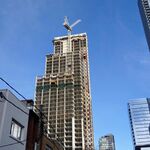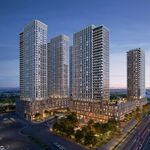Be careful with these ridership projections. It is impossible to really predict ridership on the Sheppard line which depends on many factors (population and employment growth along Sheppard, construction of other transit lines like Downtown Relief Line and Stouffville GO, the economy, fuel prices, etc.) It is easy to generate radically different ridership projections depending on the assumptions of the model. I strongly suspect that the Transit City ridership projections used very low estimates of population/employment growth and thus the ridership estimates were low.
Also please remember that the Yonge line is not the only piece of transportation infrastructure in the GTA which is severely overloaded. The vast majority of the population of the GTA does not work downtown. A Don Mills subway is needed from Union to Don Mills/Finch or Leslie/Highway 7 to relieve the Yonge subway but also to reduce congestion on DVP/404 (remember most of this traffic is not going downtown, as the traffic is worst between about Eglinton and Finch on this highway). Also subways on Eglinton and Sheppard are needed to relieve the severe congestion on Highway 401, which carries far, far more traffic than the DVP and Gardiner into downtown and the vast majority of the traffic on 401 is not going downtown. Never assume that everyone who is using the Sheppard subway will transfer to the Yonge line and go downtown because once extended, I suspect it will mostly carry crosstown traffic that is not going downtown.




